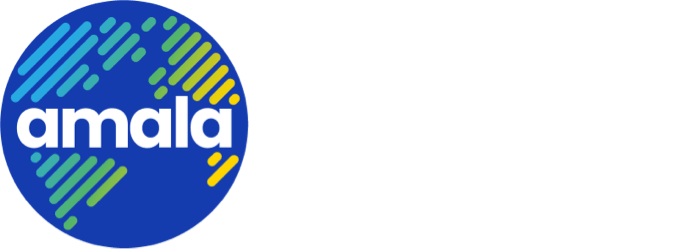China leads the world in the development of most renewable energy technologies. However, this was not the case in 2005, when rapidly growing energy consumption was primarily supplied through an expansion in coal use, which was leading to health and agricultural impacts estimated to cost between 3 and 7 percent of GDP. To change this trajectory towards a more sustainable path, the country embarked on a major expansion of renewable energy supported by many development partners including the World Bank and the Global Environment Facility (GEF). The China Renewable Energy Scale-Up Program (CRESP) was a multi-phase program (the first such initiative supported by GEF) designed to enable a long-term policy dialogue and engagement with the government to develop renewables on a national scale. More specifically, CRESP aimed to help develop a legal and policy framework and to support technology improvements, standards and certification, preparation, and implementation of innovative renewable energy projects across the country. The project would build upon long-standing dialog and support by the World Bank for developing renewable energy in China.
CRESP is ongoing, and at present, the third phase is under implementation. The Independent Evaluation Group (IEG) of the World Bank assessed the performance of Phase 1 of CRESP, and found the results to be highly satisfactory. Some highlight include the following:
- CRESP was highly influential in helping develop the legal, policy, and regulatory framework for renewable energy in China, including instrumental support for analytical studies that helped formulate pricing options with the government eventually settling on the feed-in tariffs that became the cornerstone of the country’s policy.
- The project made a major contribution to improving the technology and reducing the costs of China’s renewable energy manufacturing sector, especially for wind energy equipment and, to a lesser extent, biomass.
- Funded pilot investments in the four provinces that achieved or exceeded performance targets with their success stimulating a vast increase in similar renewable energy investments.
Noureddine Berrah led the World Bank team that included Enno Henderjemans, which helped conceptualize CRESP and secure financing for the investments. Migara Jayawardena oversaw the preparation of the Project Performance Assessment Report (PPAR) by IEG that independently evaluated the performance of CRESP.
You can access more information by downloading key CRESP documents through the links below:
- For the official CRESP project page click here.
- To access IEG’s Project Performance Assessment Report on CRESP Phase 1 and the key lessons learned, click here.
